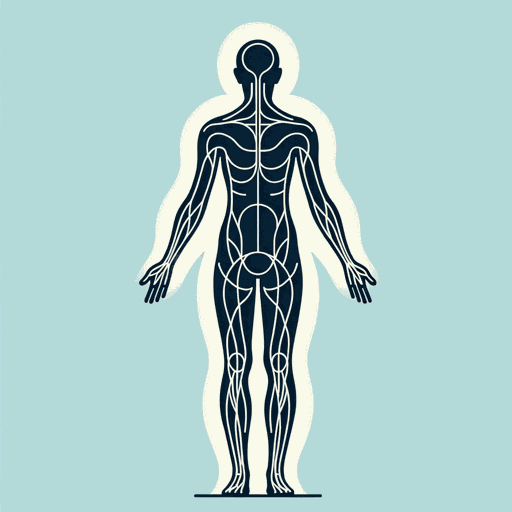73 pages • 2 hours read
Bill BrysonThe Body: A Guide for Occupants
Nonfiction | Book | Adult | Published in 2019A modern alternative to SparkNotes and CliffsNotes, SuperSummary offers high-quality Study Guides with detailed chapter summaries and analysis of major themes, characters, and more.
Chapters 19-23Chapter Summaries & Analyses
Chapter 19 Summary: “Nerves and Pain”
Pain is a vital signal—it teaches us quickly to avoid bodily damage—but it also can drive us crazy. Pain can strike randomly and repeatedly for no apparent reason; trigeminal neuralgia of the face, for example, or phantom pain from limbs that have been amputated.
Beginning in the late 1800s, Charles Sherrington did important research into tetanus, fatigue, and cholera, bacteriology, hematology, and the study of the muscular system, but he is best known as the “patriarch of the central nervous system” (308) for his foundational discoveries in that field. Sherrington detected and named the synapse, defined proprioception—the body’s sense of orientation in space—and discovered nociceptors (“noci-” is from the Latin for “hurt”). His book The Integrative Action of the Nervous System is considered revolutionary.
The nervous system has two main physical parts, the central nervous system, or brain and spinal cord, and the peripheral nervous system, nerves that radiate out to the rest of the body. The entire system is also divided by function: The somatic nervous system handles voluntary actions, and the autonomic nervous system handles automatic processes like heartbeat and breathing. The autonomic system, in turn, has two aspects, sympathetic and parasympathetic.
Related Titles
By Bill Bryson
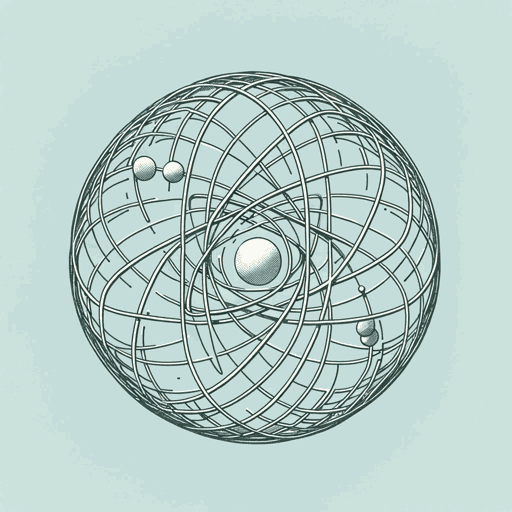
A Short History of Nearly Everything
Bill Bryson
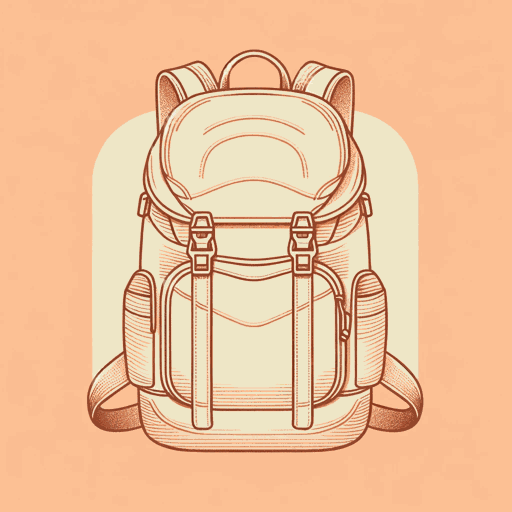
A Walk in the Woods
Bill Bryson

In a Sunburned Country
Bill Bryson
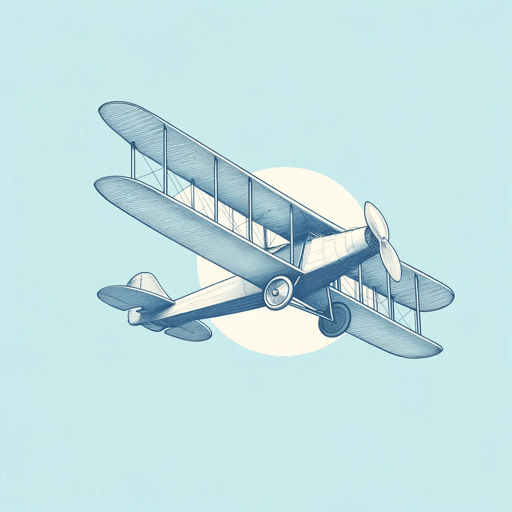
One Summer: America, 1927
Bill Bryson

The Life and Times of the Thunderbolt Kid
Bill Bryson

The Lost Continent
Bill Bryson
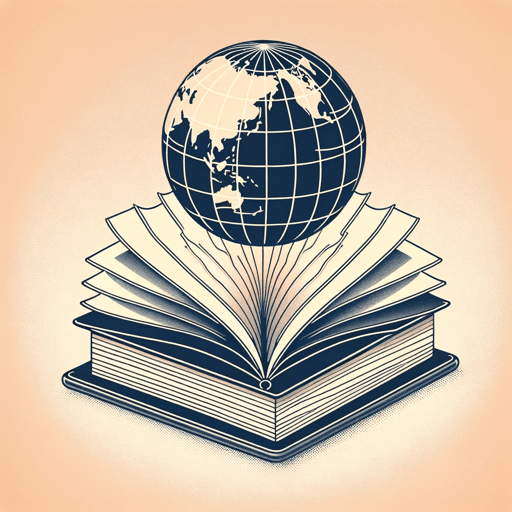
The Mother Tongue: English and How It Got That Way
Bill Bryson
